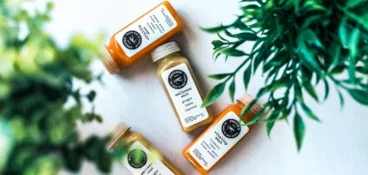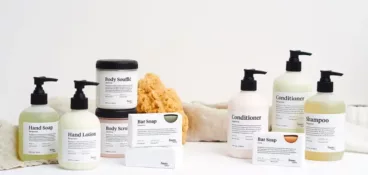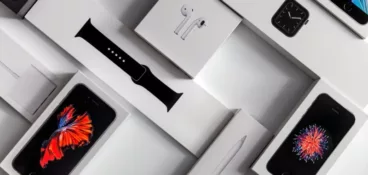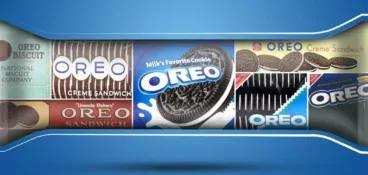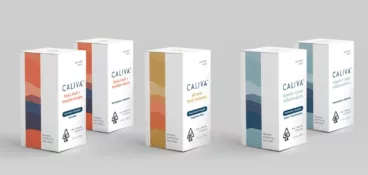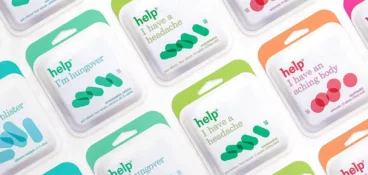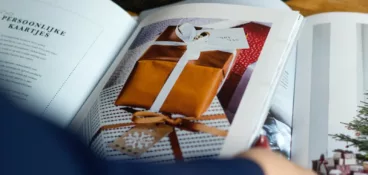Did you know that 72% of American consumers say their decision to buy something is influenced by the product’s packaging design? That’s right, 72%! And product label design plays a huge part in that. Not only should your labels look great and grab attention, they should be on brand, easy to read, and provide just the right amount of information too.
In this guide, we’re delving into the world of label design, sharing inspiring examples and top tips to help you create custom labels that will appeal to your customers and get your products flying off the shelves. I’ll also share my pick of the best tools to help you throughout the label design process, from the creative part through to approval and label compliance.
Let’s get started!
The fast way to get feedback on packaging
Get clear and collaborative comments right on top of your packaging artwork.
Nine inspiring label design examples
To kick things off, let’s take a look at nine exceptional examples of label design.
1. Una Lou Rosé’s elegantly illustrated product label design

Source: Sonoma Magazine
This uber-chic custom product label design by Una Lou Rosé combines elegant illustration, a soft and muted color palette, and sophisticated modern typography to appeal to its target audience. And there’s no denying that it hits the nail on the head! Not only is the effect aspirational, the product label also includes all the key information, including the vintage, alcohol percentage, and a description of the flavor – pretty much everything the customer needs to know before cracking it open and taking that first sweet sip!
2. This playful transparent label design for pickled vegetables

Source: Pinterest
This clever product label design uses a transparent cutout to give customers a peek into the product’s contents. The use of the carrot-shaped cutout gives the impression of a fun and playful brand identity, and the white space surrounding the cutout makes the overall design minimalist and clutter-free. Turn the jar around and you’ll find all the information you need, too.
Similar design is often used for pharmaceutical labels, giving the patients a more transparent look into the content of the packaging.
3. From:’s minimalist label design with modern typography
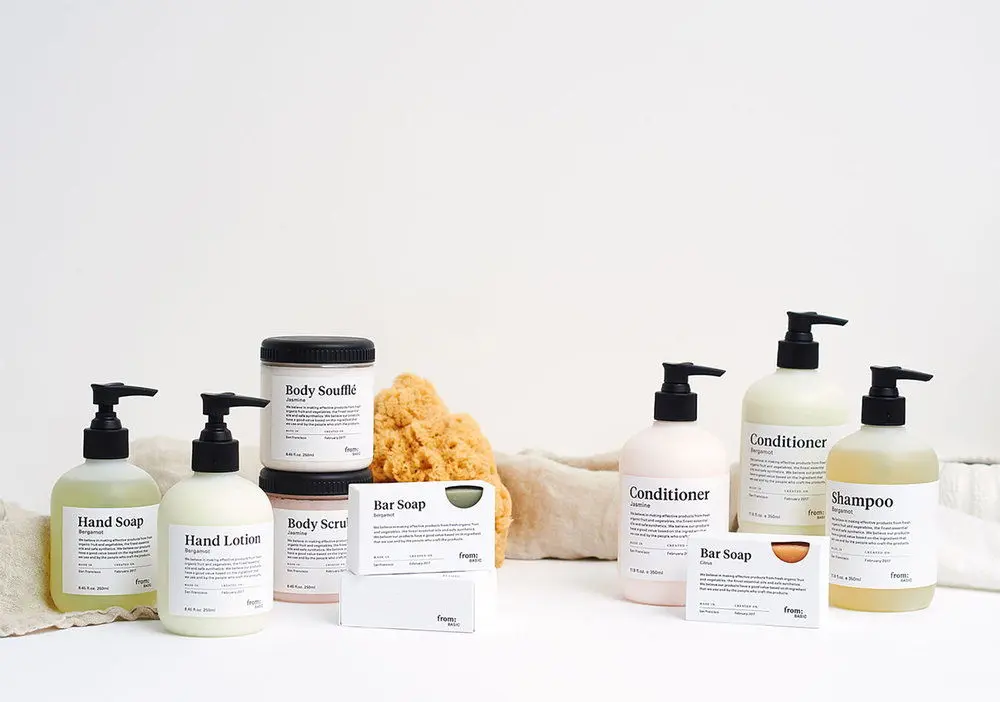
Source: Dieline
These pared-back product labels feature clean lines, a monochrome palette, plenty of white space, and a focus on typography. The font pairing is elegant and easy to read. And the simplicity of the design appeals to an audience who want the haircare products displayed in their bathroom to look simple, sophisticated, and timeless.
4. These eye-catching label designs with colorful prints
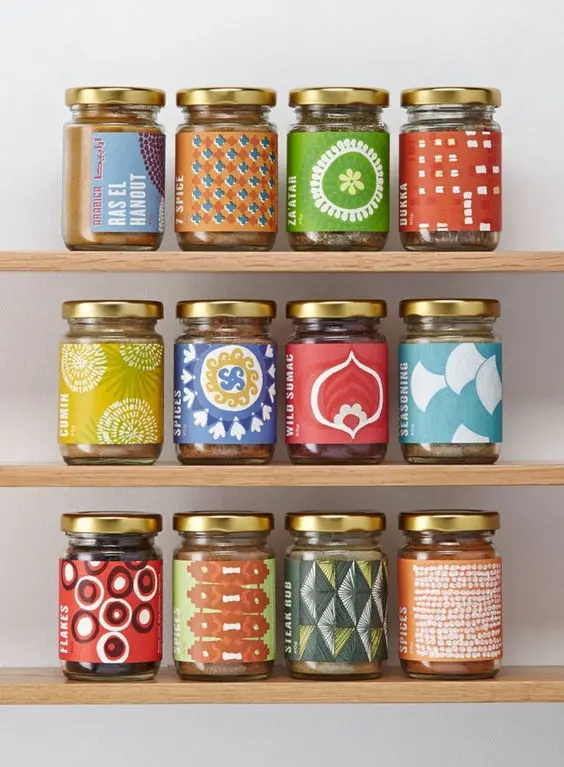
Source: Pinterest
These striking product labels feature beautiful, bold, and colorful illustrations inspired by the modern glamor of 1960s Beirut. And because they’re so visually appealing and varied, they make for great collectibles, encouraging customers to purchase not one product, but a whole set. I don’t know about you, but I’d gladly splurge on the lot!
5. La Dolce Vita’s limited edition custom labels

Source: behance
Hand-drawn illustrations. Creative typography. Vintage color palette. La Dolce Vita’s limited edition custom jam and marmalade labels are the epitome of Italian chic. The design is simple and delicate, luxurious and artisan, and I know it would make me reconsider buying my supermarket’s own brand!
For more foodie delights, take a look at our shortlist of the best cookie label designs.
The fast way to get feedback on packaging
Get clear and collaborative comments right on top of your packaging artwork.
6. Target’s clean and clear product labels

Source: The Kitchn
Target’s Everspring product label designs have a clean and modern aesthetic, reflecting current design trends and appealing to a younger houseproud audience. The use of the color green is the perfect choice for the eco-friendly range, and there’s a great example of information hierarchy here, with the main product USP’s clearly and effectively displayed on the label.
7. Slow Love’s custom label design

Source: Packaging of the World
Slow Love is all about working with natural materials, made with care and attention to detail. And this minimalist paper packaging label, embossed with the company logo, reflects the brand’s philosophy to a tee. It’s elegant. It’s sophisticated. And it’s pretty much the height of class. Opening this package, I guarantee that every customer will get a sense of the brand’s ethos from the label alone.
8. Sabaki’s geometric label design

Source: Grits and Grids
This packaging design for a Nordic Japanese restaurant uses geometry and a unique color palette to hint at the restaurant’s focus on precision and craft. Which, let’s face it, is exactly what you want from a Japanese teppanyaki experience! The clever combination of graphics, typography, and information makes this the perfect label for the brand’s packaging.
9. Ferrand 10 Générations’ award-winning label design

Source: Ferrand Cognac
The alcohol industry is renowned for its eye-catching labels, and this award-winning label from Ferrand 10 Générations is one of the best of the bunch. The “simple but beautiful” product label is like a piece of art. It bagged The Spirits Business’ Master accolade for its intricate design, which subtly depicts the faces of the 10 generations of the Ferrand family who’ve been involved in the family business. You might not have noticed it at first, but look closer and you’ll see the profiles!
Five label design best practices
So what can we learn from these labels? Here are some key takeaways and best practices that will help your products stand out on the shelves and captivate your target audience.
1. Keep it simple
Professional designers will tell you that the secret to successful label design is simplicity.
If your product label is too busy and crammed full of different design elements, it can be overwhelming for a customer and even deter them from buying your product. Instead, embrace white space.
Start with a blank canvas, then add in the most important elements, giving each room to breathe and shine. You want to strike the balance between simplicity and impact – this is what will make your product label stand out from the competition.
2. Make it clear and readable
Nobody wants to be squinting to read the information on your label. That’s why typography is just as important as your other design elements.
Choose fonts that are clear and easy to read, and make sure you have appropriately sized text boxes that can fit all the essential information you want to share with customers. Well-designed text can make all the difference when it comes to capturing attention and getting your message across.
3. Stay true to your brand
One of the most important things to remember when creating custom labels for your products is that they should be a reflection of your brand identity.
Your customers should look at your products and know instantly that they belong to your brand. So how do you make this happen? It’s pretty straightforward – make use of your company’s branding elements, like your logo, color schemes, and brand imagery.
Consistency across all your product branding labels will strengthen brand recognition, which in turn will increase brand loyalty (and those sweet, sweet sales).
4. Focus on what’s important
Remember what I said about simplicity being key? The same applies to the info you include on your labels too.
Make a note of all the essential information that needs to be communicated, such as the product name, key features, and usage instructions. Then create an information hierarchy and arrange these elements in a way that guides customers’ attention from the most important to the least important product details.
By organizing the information effectively, you help consumers navigate the product label and make informed buying decisions.
5. Implement a review and approval process
Review and approval is an important part of the label design process. After all, the last thing you want is to realize too late that you’ve missed a mistake in the design.
An effective review and approval process will help guarantee that your final label design is the best that it can possibly be, reducing the likelihood of errors and ensuring that your final design nails the creative brief.
Chances are there are going to be multiple stakeholders involved, who all want to have their say before your design goes to print. And trying to stay on top of all their feedback can be challenging, to say the least.
Using a design approval tool like Filestage helps to streamline the process, making it easy to get feedback from any number of colleagues and external stakeholders. More on us in a minute!
Four best online label maker services
Now that you’re feeling inspired and ready to get designing, it’s time to choose your software. Here are the four best label design tools to help you save time and bring your creative ideas to life.
1. Canva – best custom label design tool for beginners
Canva is a free software that helps you create personalized labels that showcase your brand and product, no matter your level of skill! It’s easy to use, and since it’s free, it’s ideal for beginners and small businesses.
Key features:
- User-friendly interface
- Drag-and-drop functionality means no graphic design experience is needed to design labels
- Take your pick from hundreds of adjustable label templates
- Choose from millions of fonts, images, illustrations, and colors
- Upload your own images and logos to create a product label that reflects your brand’s style
- Use AI graphic design tools for a faster and simpler design process
2. Adobe Express – best label maker for professionals
Adobe Express is another easy-to-use option, and while it’s a great tool for novices and pros alike, it’s more powerful than Canva, and more geared toward intermediate and advanced designers. Its interface is a little more complex, but it offers a wider range of tools to help you showcase your skills.
Key features:
- Intuitive and easy to use
- Start with a blank canvas or choose from thousands of editable label templates
- Change the shape, size, format, background, special effects, fonts, and text
- Upload your own photos, images and logo to make it personal to your brand
3. Figma – best label design service for collaboration
Figma allows design teams to work together, no matter where you all are in the world. You and your teammates can co-design labels at the same time, and you’ll see changes and comments appear immediately, for flawless design collaboration.
Key features:
- Create libraries filled with your company’s design assets so that you can easily access colors, fonts, images, and other design components
- Collaborate from anywhere on any device
- Add in-context comments and tag your teammates for clear communication
- View version history so nothing gets lost
4. Filestage – best label design software for feedback and approval
Filestage is an online review and approval platform that makes it easy to share, discuss, and review your label designs with colleagues and external stakeholders. Think of it as a project management tool that helps you to collect feedback from reviewers, all in one place. From sharing to sign-off, it makes the entire process faster, more streamlined, and less stressful.
Key features:
- Set up project workflows to manage all your label designs and stakeholders in one place
- Get fast and accurate feedback with point-and-click comments and visual annotations
- Keep versions organized in one platform so you can keep track of what’s changed
- Compare versions side by side to make sure everyone’s feedback has been met
- Set due dates to keep your project on track and help you meet deadlines
- Track approvals and change requests at a glance from your dashboard
Final thoughts
I hope that these product label design examples, tips, and tools have equipped you with everything you need to create exceptional labels that leave a lasting impression on your target audience. If you’d like to see for yourself how Filestage can help with your label design review and approval process, start a free trial →


